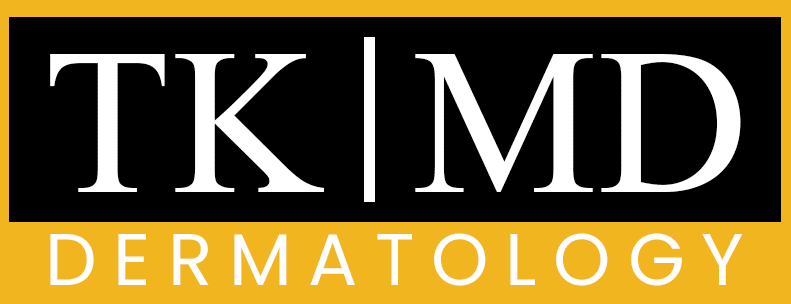What is Skin Growth?
There are many different types of skin growths that can occur on the skin, some of which are benign (non-cancerous) and others that are malignant (cancerous). Here are some of the most common skin growths:
-
Moles: Moles are common, usually brown or black, raised or flat growths on the skin. Most moles are harmless, but it’s important to have them checked by a doctor if they change in size, shape, color, or if you notice any other unusual changes.
Warts: Warts are small, raised growths on the skin that are caused by the human papillomavirus (HPV). Warts are usually harmless, but they can be unsightly and uncomfortable.
Skin tags: Skin tags are small, flesh-colored growths that hang from the skin. They are often found on the neck, underarms, and groin area. Skin tags are benign and usually painless, but they can become irritated if they are constantly rubbed or catch on clothing.
Cysts: Cysts are small, round, fluid-filled growths that are usually harmless. They can occur anywhere on the body and can feel like a small bump under the skin.
-
Actinic keratoses: Actinic keratoses are rough, scaly patches that occur on sun-exposed areas of the skin, such as the face, hands, and arms. They are caused by damage from ultraviolet (UV) radiation from the sun or tanning beds and can be a sign of skin damage that could lead to skin cancer.
Basal cell carcinoma: Basal cell carcinoma is a type of skin cancer that occurs on the face, neck, and other areas of the skin that have been exposed to the sun. It is the most common type of skin cancer and is usually slow-growing and easily treated if caught early.
Squamous cell carcinoma: Squamous cell carcinoma is a type of skin cancer that occurs on sun-exposed areas of the skin. It is more aggressive than basal cell carcinoma and can spread to other parts of the body if not treated promptly.
Types of Skin Growths
here are many different types of skin growths, and they can be classified into several categories based on their appearance, cause, and other characteristics. Here are some of the most common types of skin growths:
Benign tumors: These are non-cancerous growths that usually do not spread or pose a threat to health. Examples include moles, skin tags, and seborrheic keratoses.
Precancerous growths: These are growths that may become cancerous if not treated. Examples include actinic keratoses and Bowen’s disease.
Malignant tumors: These are cancerous growths that can invade surrounding tissue and spread to other parts of the body. Examples include melanoma, basal cell carcinoma, and squamous cell carcinoma.
Inflammatory skin conditions: These are skin growths that are caused by inflammation, such as psoriasis, eczema, and acne.
Infections: Some skin growths are caused by infections, such as warts (caused by human papillomavirus) and molluscum contagiosum (caused by a poxvirus).
Vascular growths: These are skin growths that involve the blood vessels, such as hemangiomas and angiomas.
Neoplasms: These are growths that develop from the abnormal growth of cells. Examples include benign tumors, precancerous growths, and malignant tumors.

Treatment for skin growths
Treatment for skin growths depends on the type of growth and its cause. Here are some common methods for treating or removing skin growths:
Observation: Some benign skin growths, such as moles, may not require treatment and can simply be observed by a doctor.
Topical creams: Some skin growths, such as actinic keratoses, can be treated with topical creams, such as 5-fluorouracil (5-FU) or imiquimod.
Cryotherapy: This involves freezing the skin growth with liquid nitrogen. Cryotherapy is often used to treat warts, actinic keratoses, and some skin cancers.
Surgical excision: This involves cutting out the skin growth and surrounding tissue. Surgical excision is often used to treat skin cancers, precancerous growths, and other growths that are not responsive to other treatments.
Electrodessication and curettage (ED&C): This is a procedure that involves removing the growth with a curette (a sharp, spoon-shaped instrument) and then using an electrical current to destroy any remaining cancer cells. ED&C is often used to treat basal cell carcinoma and squamous cell carcinoma.
Laser therapy: This involves using a laser to destroy or remove the growth. Laser therapy is often used to treat warts, age spots, and other skin growths.
Radiation therapy: This involves using high-energy radiation to destroy cancer cells. Radiation therapy is often used to treat skin cancers and other growths that cannot be treated with surgery.


